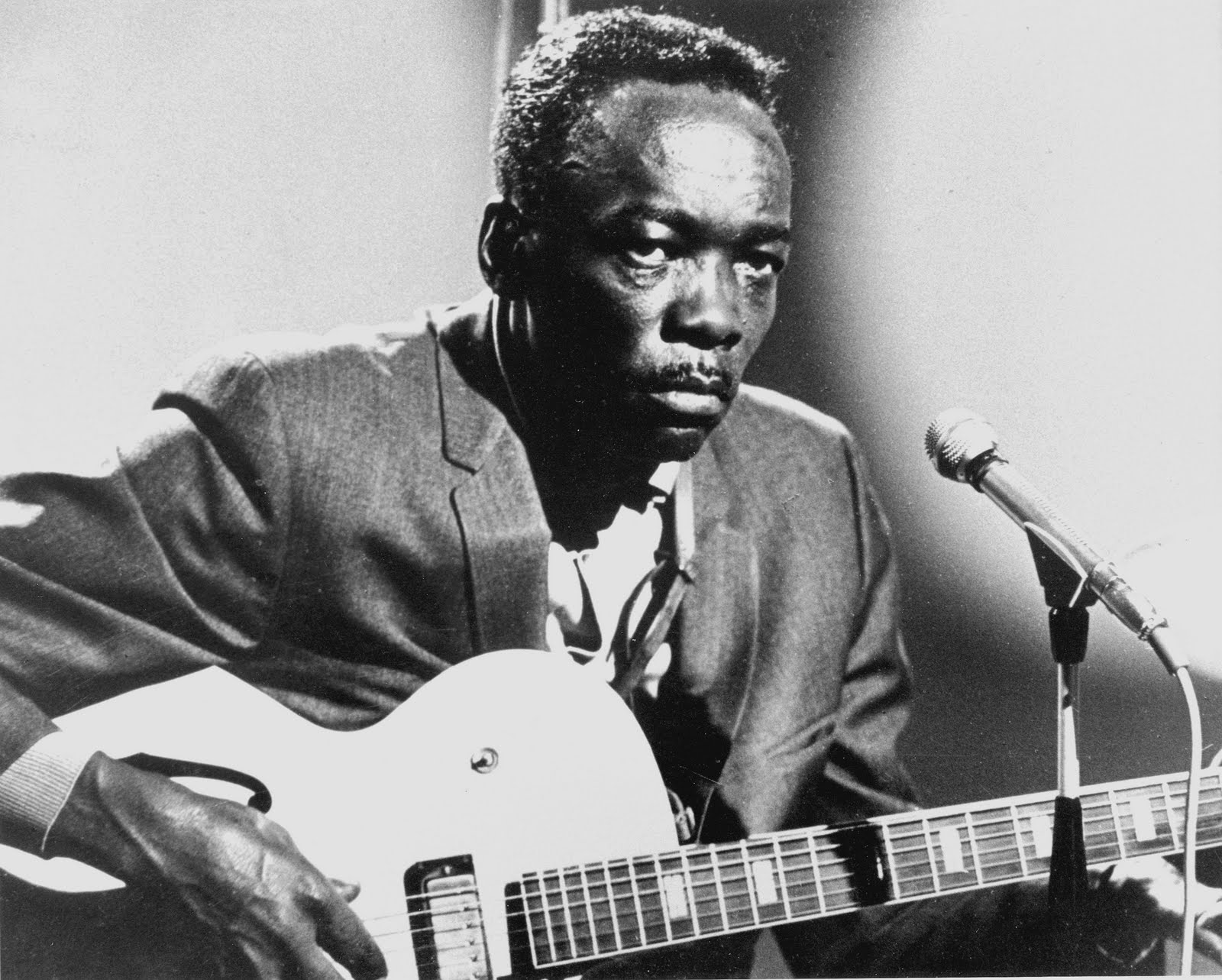

In 1990, a massive tribute concert took place at New York’s Madison Square Garden, featuring Hooker and an all-star lineup of guest artists. He became a familiar face in popular culture, with appearances on The Tonight Show and Late Night with David Letterman. Throughout the decade, Hooker’s great body of work and contributions to modern music were being recognized not only by his peers, but also by a younger generation. Lucky, which once again teamed up Hooker with an array of artists Boom Boom, which aimed to introduce new fans to his classic material the GRAMMY® Award-winning Chill Out and a collaboration with Van Morrison, Don’t Look Back, which also garnered two awards at the 1997 GRAMMYs®. He released five studio albums over the next few years, including Mr. Not only was the decade a time of celebration and recognition for the legendary artist, but it was also a highly productive era. The Hook rounded out the decade as a guest performer with the Rolling Stones, during the national broadcast of their 1989 Steel Wheels tour. The Healer was released to critical acclaim and sold over one million copies. The GRAMMY® Award-winning 1989 LP paired contemporary artists (Bonnie Raitt, Carlos Santana, Los Lobos and George Thorogood, among others) with Hooker on some of his most famous tracks. Then, at the age of 72, John Lee Hooker released the biggest album of his career, The Healer.
#Johnny lee hooker boom boom boom lyrics movie#
His appearance in the legendary Blues Brothers movie resulted in a heightened profile once again.

Throughout the late 1970s and 1980s, John Lee toured the U.S.

The double LP became John Lee Hooker’s first charting album. One such collaboration was with Canned Heat, which resulted in 1971’s hit record Hooker ’n’ Heat. By 1970, Hooker had relocated to California and was busy collaborating on several projects with rock acts. Artists like the Rolling Stones, the Animals and the Yardbirds introduced Hooker’s sound to new and eager audiences, whose admiration and influence helped build Hooker up to superstar status. Across the Atlantic, emerging British bands were idolizing Hooker’s work. With the folk movement in high gear, Hooker returned to his solo, acoustic roots, and was in strong demand to perform at colleges and folk festivals around the country. When the young bohemian artists of the 1960s “discovered” Hooker, among other notable blues originators, he found his career taking on a new direction. This success was soon followed by a string of hits, including “I’m in the Mood,” “Crawling Kingsnake” and “Hobo Blues.” Over the next 15 years, John Lee signed to a new label, Vee-Jay Records, and maintained a prolific recording schedule, releasing over 100 songs on the imprint. Among these first recordings was “Boogie Chillun,” (soon after appearing as “Boogie Chillen”) which became a number one jukebox hit, selling over a million copies. By 1948, Hooker ̶ now honing his style on an electric guitar ̶ had recorded several songs for Besman, who, in turn, leased the tracks to Modern Records. Barbee was so impressed by the young musician that he introduced him to Bernard Besman ̶ a producer, record distributor and owner of Sensation Records. “The Hook” gained fans around town from these shows, including local record store owner Elmer Barbee.


 0 kommentar(er)
0 kommentar(er)
